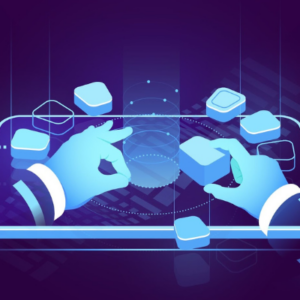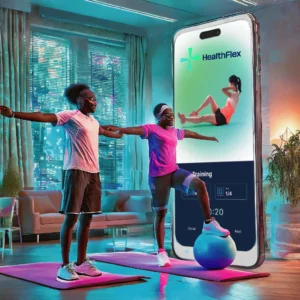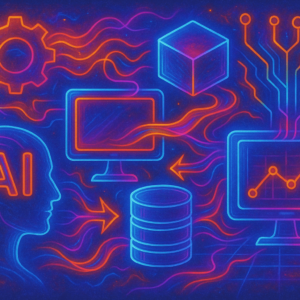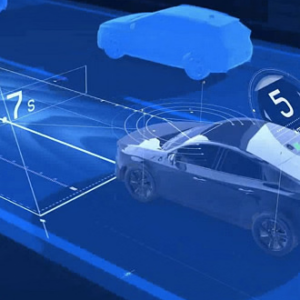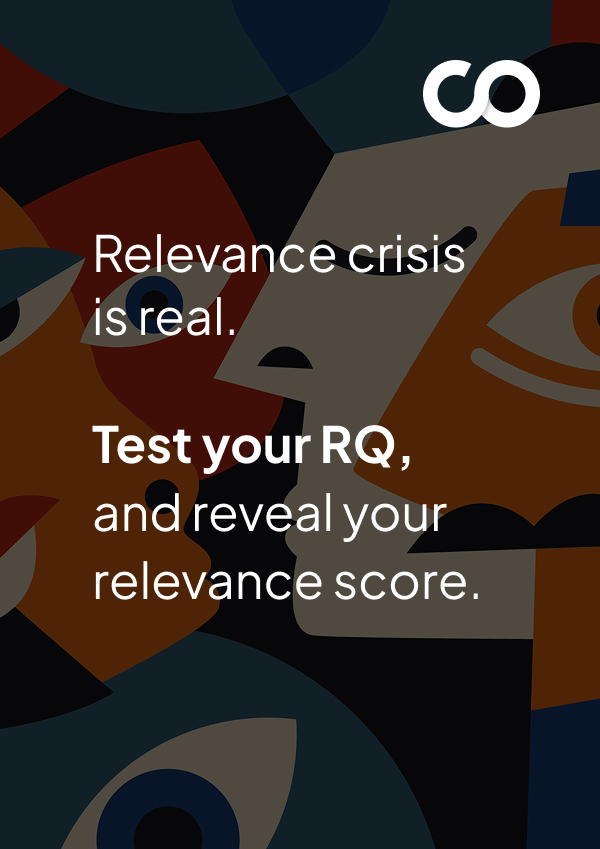Telemedicine software development
Telemedicine Software Development Services

Instant Care Within Your App
Healthcare providers struggle with long patient wait times, disorganized schedules, and missed follow-ups due to limited remote care options. Manual processes slow down operations, and security concerns make safe data sharing a challenge.
We specialize in custom telemedicine platforms to improve efficiency, streamline care delivery, and boost patient engagement. Using WebRTC, we enable high-quality, real-time video consultations that ensure seamless communication, even in low-bandwidth situations.
Our AI-driven solutions like TensorFlow, automatically triage patients by analyzing symptoms, helping providers prioritize cases quickly and efficiently, reducing wait times, and enhancing care delivery.
We enable EHRs to exchange patient data effortlessly by integrating HL7/FHIR standards, ensuring a smoother, more accurate flow of information across systems. Additionally, we integrate wearable devices—such as continuous glucose monitors and heart rate trackers—to provide real-time health insights and automate data entry, improving monitoring and decision-making.

The Impact:
Patients get seen 50% faster
Your team saves 15+ hours/week
Promotes Health Literacy by 64%
Download The Master Guide For Building Delightful, Sticky Apps In 2025.
Build your app like a PRO. Nail everything from that first lightbulb moment to the first million.
Telehealth: Virtual Care Software
We build solutions that make virtual care seamless, secure and statistically significant. Here’s how we redefine remote healthcare:
Patients expect healthcare to be as seamless as video calls with friends, but many telemedicine platforms fail to deliver. Doctors face issues like frozen screens, confusing interfaces, and security risks, leading to lost time, frustrated patients, and potential misdiagnoses. Clinics using consumer-grade tools may unknowingly violate HIPAA regulations, risking heavy fines.
We address these challenges by building medical-grade video platforms using WebRTC, delivering flawless HD calls even on weak connections. Our platforms feature AES-256 encryption to ensure HIPAA compliance and support multi-doctor consultations. Automatic syncing of notes to EHRs via FHIR APIs eliminates manual data entry and saves valuable time.
Example: A rural clinic can offer video consultations with specialists from urban centers, allowing patients to receive medical advice remotely on everything from basic consultations to follow-up care—without needing to travel.
Disjointed medical records—spread across faxes, sticky notes, and various systems turn every patient visit into a search mission. Nurses waste valuable time tracking down missing lab results, while doctors often make decisions with incomplete histories. This leads to duplicate tests and endless calls from pharmacies needing clarification on prescriptions.
We streamline this process by implementing a centralized Patient Management System (PMS), the backbone of healthcare operations. By integrating FHIR standards with EHRs, we enable real-time access to patient data, preventing lost or incomplete information and ensuring accurate, timely care.
Example: Healthcare providers can access a patient’s complete medical history—lab results, imaging, prescriptions—on one platform. The system also checks if a new test has already been conducted, reducing redundant procedures.
Manual booking processes lead to inefficient use of time with constant phone calls, missed patient connections, and unfilled slots. Staff waste valuable hours tracking down patients, while double bookings happen due to misread notes, and last-minute cancellations leave expensive medical equipment unused.
We provide automated scheduling systems that integrate directly with EHRs to provide real-time availability, streamlining the booking process. Our system allows patients to book online, sends automatic reminders to reduce no-shows, and enables easy rescheduling to maximize appointment utilization. This minimizes human error, prevents overbooking, and enhances operational efficiency.
Example: If a patient cancels an appointment, the system automatically adjusts available slots and makes them accessible to the next patient. This ensures maximum use of time, improving the clinic’s patient flow, staff efficiency, and revenue per appointment. Moreover, this system leads to higher patient satisfaction by reducing wait times and offering easier scheduling options.
Limited access to healthcare, especially in remote areas or during off-hours, often results in missed or delayed treatments. Traditional in-person visits create barriers—requiring travel, long wait times, and complicated scheduling.
We solve this by developing telehealth apps with simple navigation, push notifications for appointment reminders, and secure messaging for doctor-patient communication. Patients can book, reschedule, or cancel appointments with ease, and attend virtual health consultations via video calls, making healthcare more accessible and convenient.
Our apps are built using React Native for cross-platform support, Swift for iOS, and Kotlin for Android, ensuring a native experience across devices. We integrate Firebase for secure, real-time communication during messaging and video calls, ensuring reliable access to care.
Example: A rural healthcare provider can offer remote consultations with urban-based specialists, allowing patients to receive expert care without traveling. The telehealth app lets patients book appointments, attend consultations, and receive follow-up care—all from their phones.
Manual prescription handling often leads to errors, delays, and added administrative work. Our Prescription Management System automates the process, ensuring accurate, up-to-date prescriptions that integrate seamlessly with EHRs, reducing mistakes and improving communication between providers and pharmacies.
We use PDF generation for digital prescriptions, along with digital signatures for authenticity. The system integrates directly with pharmacies, automating prescription delivery. Cloud storage ensures secure, real-time data updates accessible to healthcare providers.
Example: A doctor creates and signs a prescription digitally, which is immediately sent to the pharmacy for processing. The system also tracks medication history and sends automatic refill reminders, helping improve patient adherence to treatment plans.
Many healthcare practices face issues like incorrect charges, delayed payments, and confusion with insurance claims, leading to frustration for both patients and staff and adding to the administrative workload.
We solve this with an automated billing and payment system that simplifies invoicing, manages customizable billing plans, and integrates Stripe and PayPal to make secure, quick payments. It also streamlines insurance claims, reducing errors and delays, while providing financial reporting to track payments and outstanding balances. Our system integrates with other healthcare tools with custom APIs, ensuring smooth operations.
Example: A doctor can easily send a bill to a patient, process the payment through Stripe, and automatically submit the insurance claim, all while maintaining compliance and improving cash flow.
Telemedicine generates vast data, but without proper analysis, much of it goes unused. This makes it harder to track performance, patient outcomes, and appointment efficiency, hindering service improvement.
We create Telemedicine Analytics Dashboards that transform complex data into actionable insights. These dashboards track key metrics like patient engagement, appointment volume, and doctor performance, helping providers monitor and improve services.
With tools like Power BI or Tableau, our dashboards present data in easy-to-read charts and graphs. Machine learning algorithms also analyze historical data to predict appointment volumes and identify areas for improvement.
Example: A clinic can track missed appointments, patient wait times, and satisfaction scores, using data to make adjustments that improve patient care and operational efficiency.
Managing separate platforms for patient records, billing, scheduling, and communication creates inefficiencies, leading to delays, confusion, and mistakes in patient care.
We create Integrated Healthcare Platforms that connect all critical tools into one system. Using custom APIs, we integrate EHRs, patient management systems, billing, and scheduling to ensure seamless workflows and reduce errors.
Example: A hospital can manage patient records, appointments, and billing on a single platform, saving time, improving coordination, and ensuring patients receive the care they need without delays.
Next-Gen Telehealth for Every Clinical Need
Chronic Disease Management: Monitoring and providing ongoing care for patients with long-term conditions like diabetes, hypertension, and heart disease.
Post-operative Follow-up: Virtual check-ups for patients recovering from surgery to ensure a smooth recovery without the need for hospital visits.
Elderly Care: Providing remote monitoring of vital signs, daily health assessments, and medication reminders for elderly patients who may have difficulty traveling.
Post-Injury Rehabilitation: Offering remote physiotherapy sessions for patients recovering from injuries like fractures, sprains, or surgeries, helping them progress at home.
Chronic Pain Management: Delivering personalized physical therapy exercises and techniques to manage conditions like arthritis, fibromyalgia, or back pain, improving mobility and quality of life.
Preventive Care: Guiding patients on posture correction, stretches, and exercises to prevent injuries or strain, particularly for people with desk jobs or physical labor work.
Stroke Recovery: Conducting remote consultations with neurologists for stroke survivors, tracking recovery progress, and providing rehab exercises.
Epilepsy Monitoring: Providing virtual consultations to manage epilepsy by monitoring patient symptoms, adjusting medications, and managing potential triggers.
Neurodegenerative Disease Support: Offering continuous monitoring and follow-up care for patients with conditions like Parkinson's disease and Alzheimer's, helping ensure the right treatment regimen is followed.
Post-Stroke Care Monitoring: Virtual consultations to check for stroke recovery progress, monitor for signs of complications, and help in rehabilitation exercises.
Tele-rehabilitation: Providing stroke survivors with online access to therapists and resources to continue their rehabilitation at home.
Stroke Prevention: Offering preventive consultations and lifestyle advice to reduce the risk of future strokes, particularly in high-risk patients.
Routine Pediatric Check-Ups: Conducting virtual wellness visits for children, including developmental milestones, immunizations, and common health concerns.
Emergency Consultations for Children: Enabling parents to access pediatricians for urgent health concerns, such as fever, respiratory infections, or injury, without having to visit the clinic.
Chronic Condition Management: Providing ongoing virtual care for pediatric patients with chronic conditions such as asthma, diabetes, and ADHD, ensuring timely medication and care adjustments.
Access to Specialists: Offering remote consultations with specialists that may not be available in rural settings, providing patients with expert advice and diagnosis.
Chronic Disease Management: Enabling continuous monitoring and management of chronic conditions like hypertension, diabetes, and cardiovascular disease in remote locations.
Emergency Response: Allowing rural residents to receive immediate consultation during medical emergencies, reducing the need for long travel to healthcare centers.
General Health Check-Ups: Providing virtual consultations for patients seeking preventive care, routine health screenings, and check-ups.
Chronic Disease Management: Offering ongoing care for patients with long-term conditions like diabetes, asthma, and hypertension through virtual consultations and health tracking.
Follow-Up Appointments: Conducting follow-up visits for patients who have undergone treatment or procedures, ensuring their recovery is on track.
Urgent Medical Consultations: Providing on-demand virtual consultations for patients experiencing acute symptoms like pain, infections, or injuries.
Post-Emergency Care: Offering virtual check-ins for patients discharged after acute care, ensuring they’re recovering well and adhering to their treatment plans.
Real-time Health Monitoring: Offering remote monitoring of patients in critical conditions to provide real-time feedback and support in case of deteriorating health.
One click to better patient care
Benefits of Custom Telemedicine Software Development
| For Telemedicine Software Providers | For Healthcare Providers & Clinics |
|
|
Tech Stack for Telemedicine Software Development
| Technology | Description |
| Front-End Technologies | ReactJS, React Native, Flutter |
| Back-End Technologies | Node.js, Express.js, Ruby on Rails |
| Cloud & Hosting | Amazon Web Services (AWS), Microsoft Azure |
| Database Technologies | MongoDB, PostgreSQL, Firebase |
| Real-Time Communication | WebRTC |
| Security & Compliance | HIPAA Compliance, SSL/TLS Encryption, OAuth2 Authentication |
| AI/ML Technologies | TensorFlow, Python (for AI-based diagnostic tools and data analytics) |
| Third-Party Integrations | EHR/EMR Integrations, CRM Integrations, Payment Gateways (Stripe, PayPal) |
| DevOps Tools | Docker, Kubernetes, Jenkins, Terraform |
What to expect
What to expect working with us.
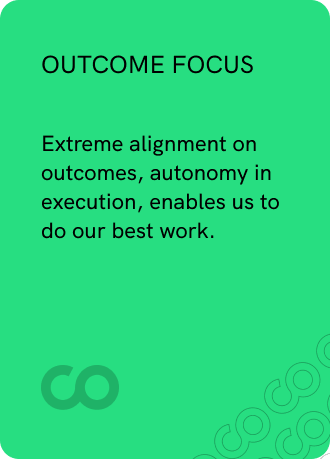
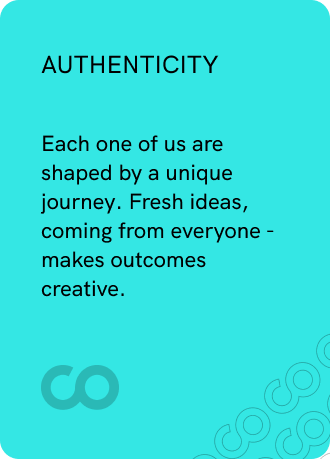
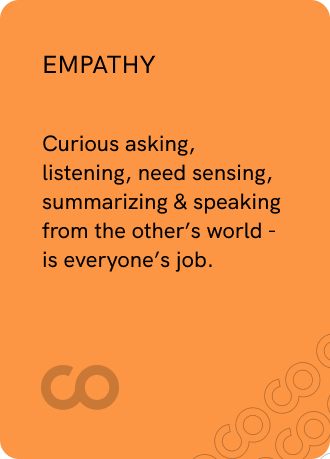
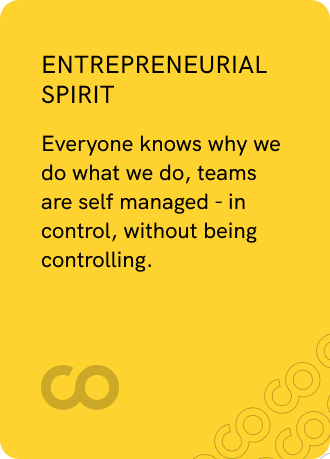
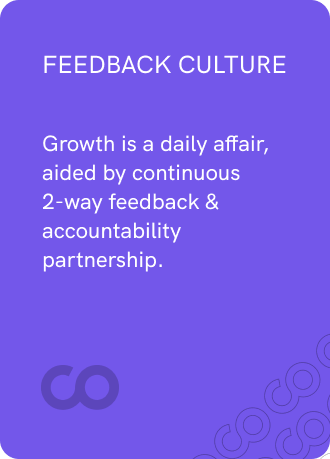
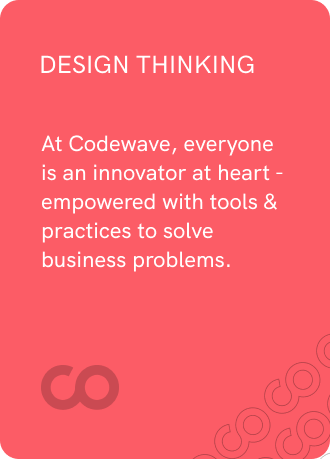
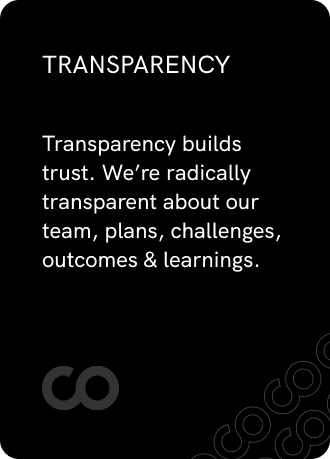
We transform companies!
Codewave is an award-winning company that transforms businesses by generating ideas, building products, and accelerating growth.
Frequently asked questions
The development timeline varies based on complexity and features required. A basic MVP can be delivered in 8-12 weeks, while a full-featured enterprise solution may take 4-6 months. Our design thinking approach ensures rapid prototyping and iterative development to deliver value faster.
We implement multiple security layers including end-to-end encryption, secure video streaming, role-based access control, and HIPAA-compliant cloud infrastructure. Our solutions undergo regular security audits and penetration testing to maintain the highest security standards.
Yes, we specialize in developing interoperable solutions that can integrate with major EHR/EMR systems using standard protocols like HL7, FHIR, and custom APIs. Our design thinking approach ensures seamless workflow integration with your existing systems.
Our cross-platform development expertise allows us to create solutions that work across web, iOS, and Android platforms. We ensure responsive design for desktop, tablet, and mobile devices while maintaining consistent user experience.
We offer flexible support and maintenance packages including 24/7 technical support, regular updates, performance monitoring, and continuous improvement based on user feedback. Our global presence ensures round-the-clock support availability.
Our design thinking-led approach ensures solutions are not just technically sound but also highly intuitive and user-friendly. We combine deep healthcare domain expertise with cutting-edge technology to create solutions that drive real business value.
We implement adaptive streaming technologies and optimize video compression to ensure smooth consultations even in challenging network conditions. Our solutions include fallback options like audio-only mode and async messaging.
While specific ROI varies by implementation, our clients typically see 20-30% reduction in no-shows, 15-25% increase in patient satisfaction, and 30-40% improvement in operational efficiency within the first year of deployment.











